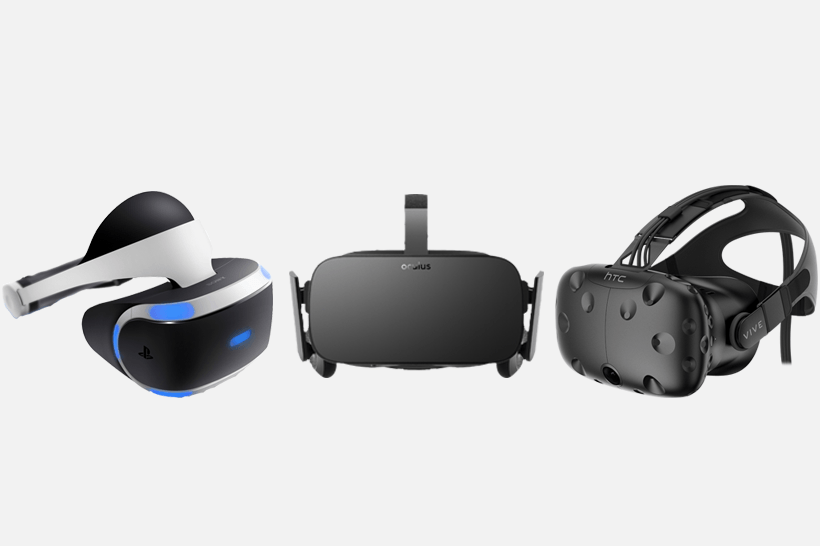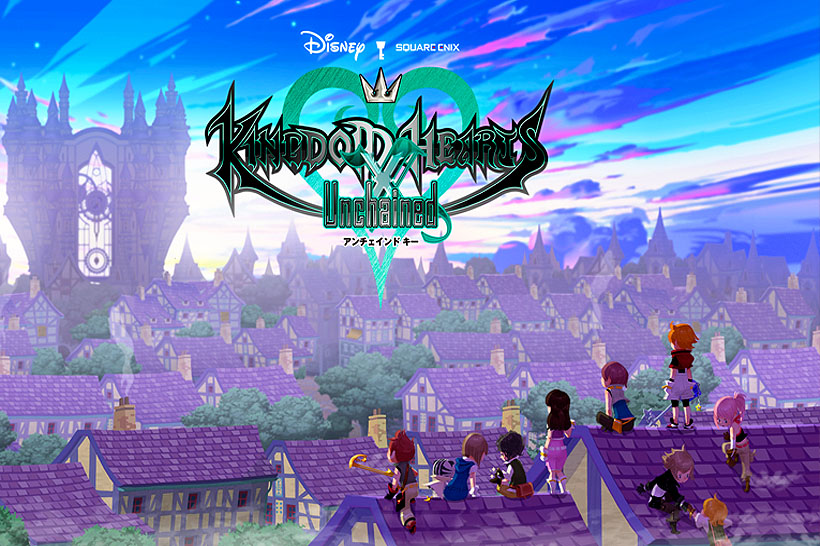It’s been a helluva week with Sony finally showing its hand when it comes to VR, meaning we’re now in a position to get a feel for how this next wave of technology is going to hit the gaming scene as well as our bank balance. To this end we’ve created a lazy infographic that sums up what you’re looking at spending to get in on the ground floor of the VR wave:
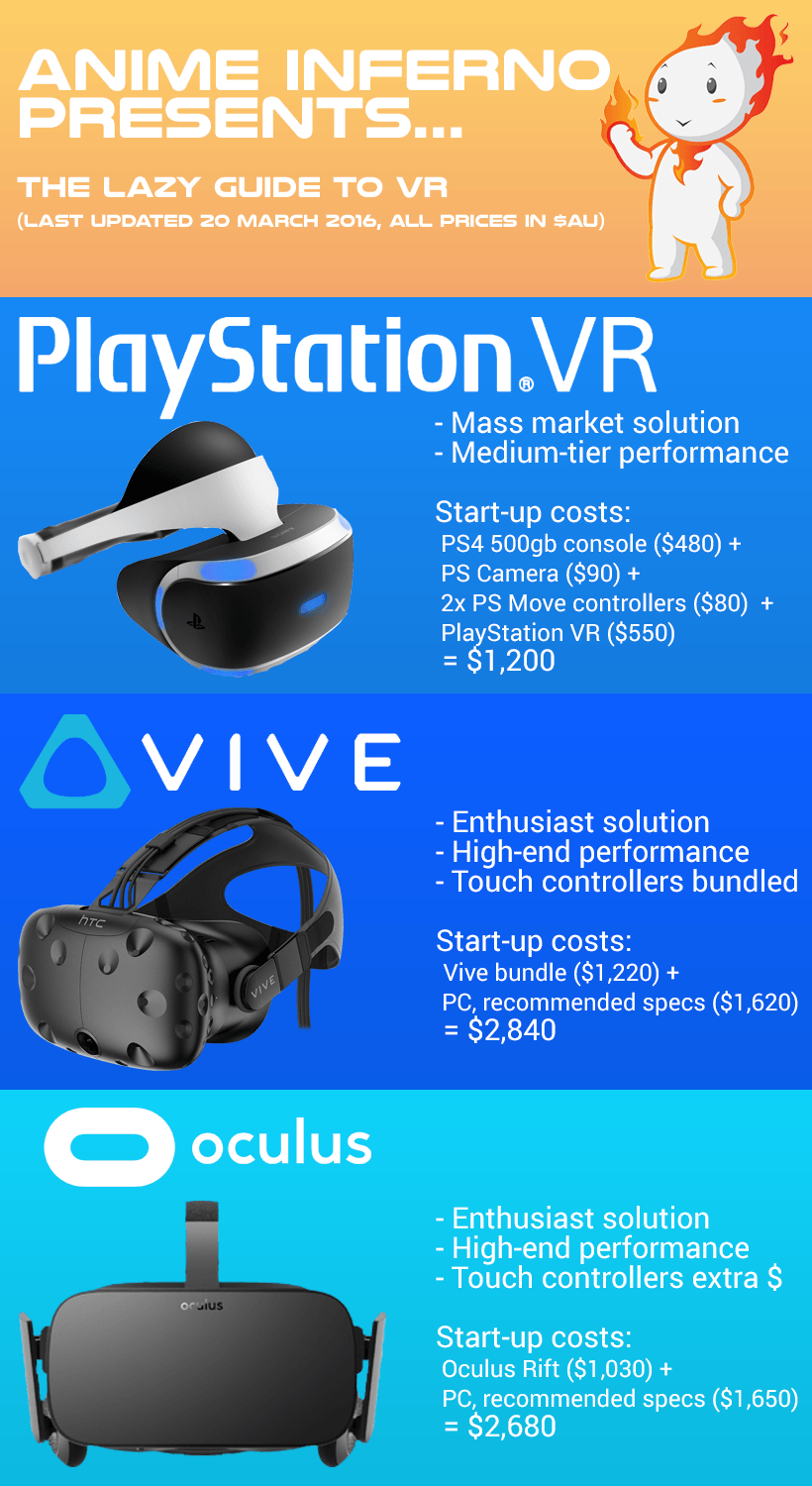
For those who want to know a bit more detail and aren’t feeling terribly lazy, we’ve even put some copy together!
Sony PlayStation VR
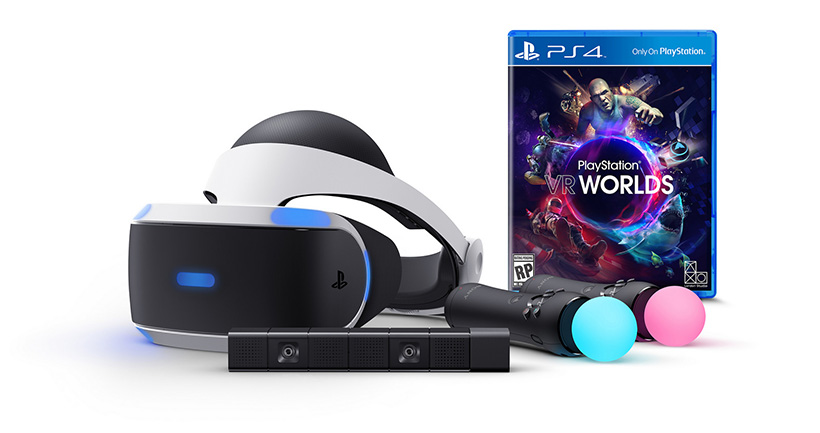
As everyone predicted, Sony still sits as the most affordable solution, even if the cost of VR exceeds the cost of the console itself. In the US Sony are bundling in a starter kit that includes the PlayStation VR headset, PlayStation 4 Camera and 2 PS Move controllers for a nice price but have restricted pre-orders for this bundle only. Locally we don’t have the bundle available yet, but we can cheap out with pre-ordering the headset itself for $550 and you can then add on a PlayStation 4 Camera, which seems to be costing $80-$90 at retailers, and some PS Move controllers. If you already have everything, even better – all you’ll need to fork out for is the headset.
The specs reflect the cost though, with the solution running at a reduced resolution (1920cRGB x 1080) and will rely on interpolating titles that won’t natively run at 90fps or 120fps, which are the native refresh rates on the OLED display (thanks for the recap GameSpot). The relative power of the PS4 suggests the built-in interpolation engine is a smart move as it reduces the framerate requirements from 90fps or 120fps down to 60fps, and given the relative power of the console compared to the PC (critical for developers working on cross-platform titles), means the experience may not be as shiny as those on the PC will get. Still, this shouldn’t be a surprise as Sony’s Masayasu Ito confirmed with Polygon a while back that they’re shooting for the mass-market rather than the enthusiasts with PlayStation VR. Paired with the advantage of optimising your code for a fixed platform, it looks as though Sony’s entry will be an important contributor to the VR movement.
Oculus Rift and HTC Vive
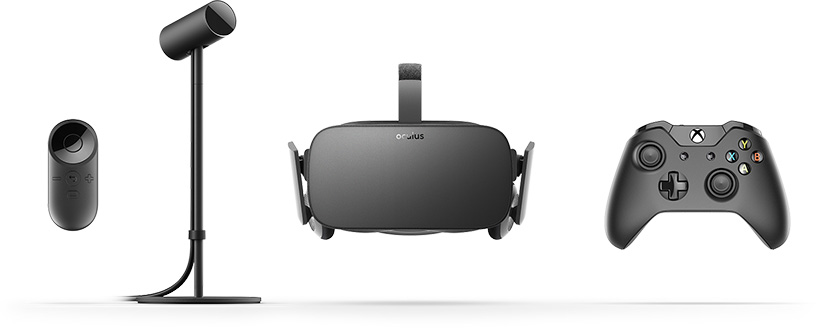
In terms of the PC, the Oculus Rift and HTC Vive are both priced considerably higher than Sony, but as the companies are aiming to hit the enthusiast market it makes sense to deliver a strong product to market and build the demand in order to make this a viable business going forwards. My personal feel is that Oculus potentially has the first-mover advantage due to its R&D and open product development cycle given the length of time between crowd funding and retail release. The presence of industry heavyweights like John Carmack and funding from Facebook are also bonuses. In contrast, it feels as though HTC and it’s partnership with Valve to bring the Vive to market has come in without the same public R&D presence as its fellow competitor on the PC, but their differentiation through focusing on whole-room virtualisation and bundling in their fancy control scheme as standard helps it stand on its own. Attaching Valve and positing Steam as the distribution platform give the solution considerable weight and must not be discounted, especially if Steamboxes eventually threaten the console space.
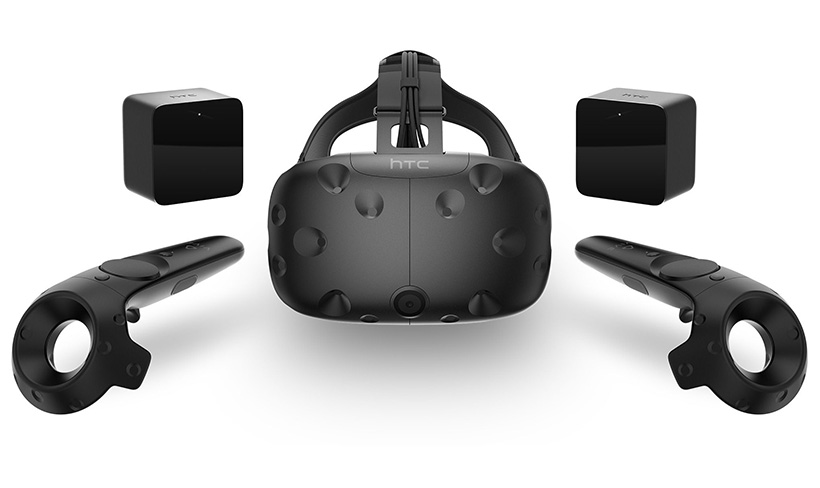
The cost factor of course is substantial. The pricing in the infographic was based on the following budget breakdown which reflects the minimum specs where possible (here for Oculus, and here for Vive), with pricing sourced from popular PC components stores:
CPU: Intel i5-4590, $299
GPU: Nvidia GeForce GTX 970, $530
RAM: 4gb, $30 (Vive); 8gb, $60 (Rift)
Motherboard: $150
OS (OEM): $150
Storage: 250gb SSD, $130
Case: $150
PSU: $180
Total: $1619 (Vive), $1649 (Rift)
Is it worth it?
Ultimately, everything will come down to software and the dedication of development resources to take advantage of the technology, rather than playing me-too or riddling the platforms with shovelware. It’s important to remember that similar issues have knocked out other major challengers to the gaming landscape over the years, including motion-based gameplay, plastic instruments and the obsession in the 90s with FMV and digitised actors. Between the two platforms and three products coming to market, both the big publishers and smaller developers have the chance to see what they can deliver to make this a worthwhile investment, and for those investing in it, we can only hope we’re not left with the equivalent of a 32X at the end of it.
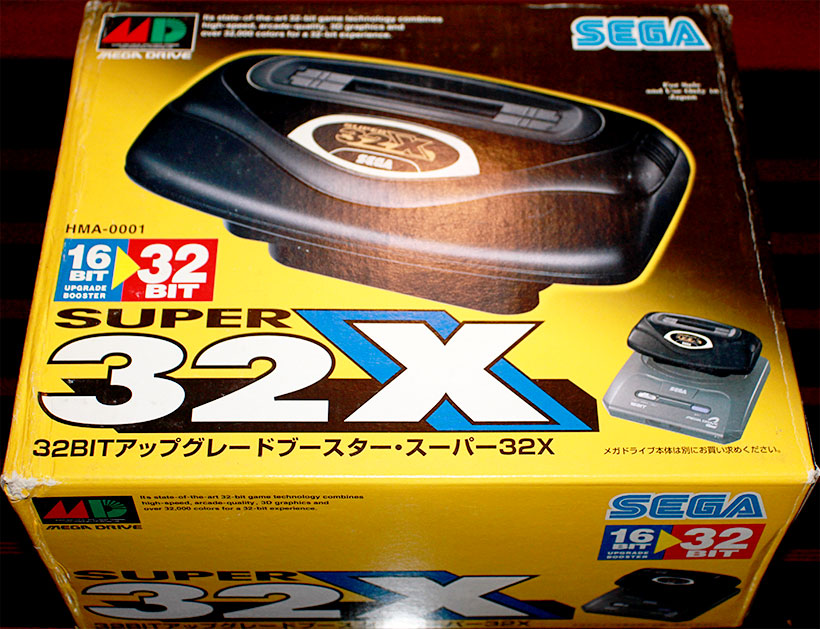
If VR development can learn the lessons from the new technologies failed to heralded a new age of awesome by looking at the ones which made it out the other side (such as mobile gaming and optimising the use of their touch-screen controls), and most importantly build their content to take advantage of the benefits of VR, we could be in for an interesting ride.
We’ll certainly be looking forward to see where it goes and hopefully get some hands-on at some stage in the lead-up to launch!

